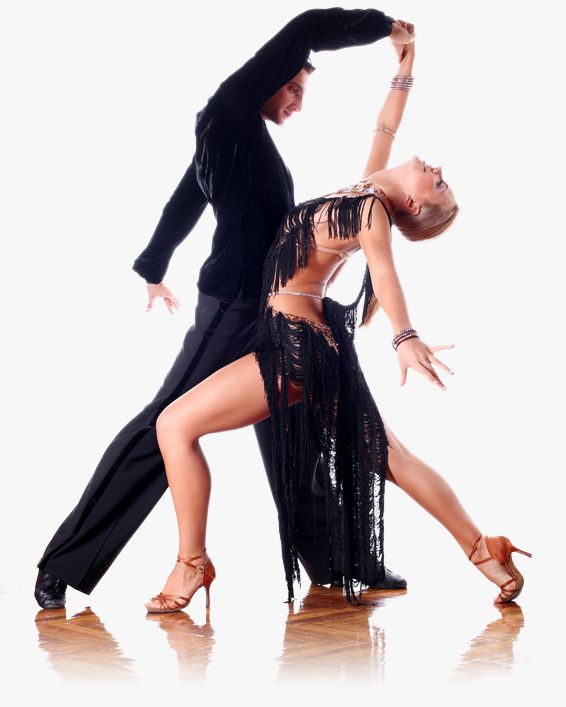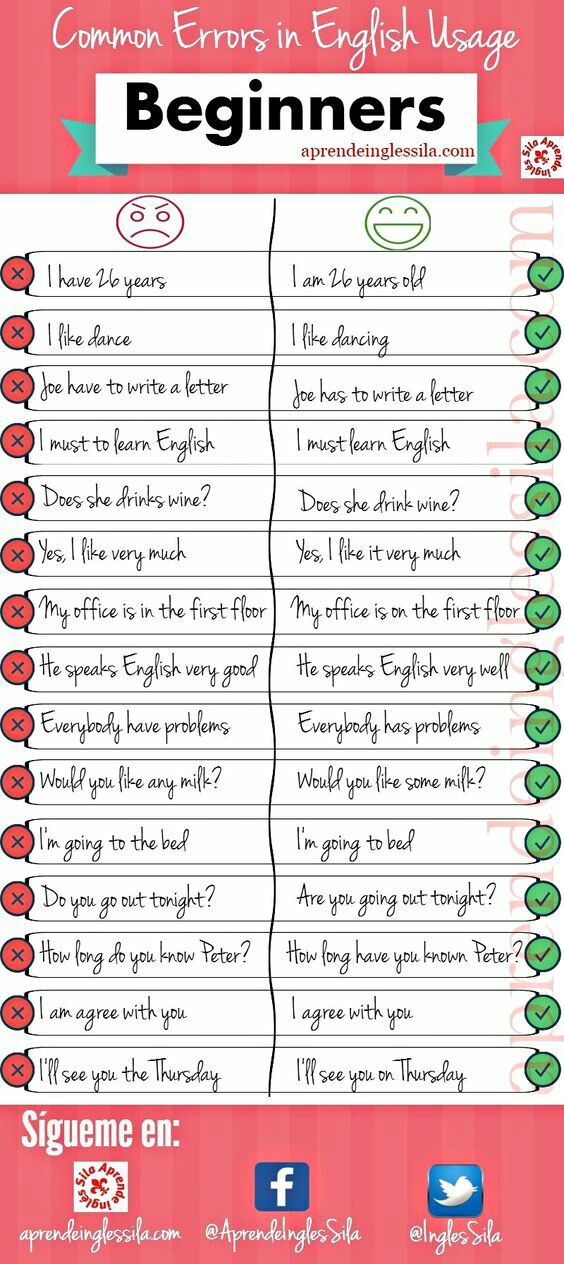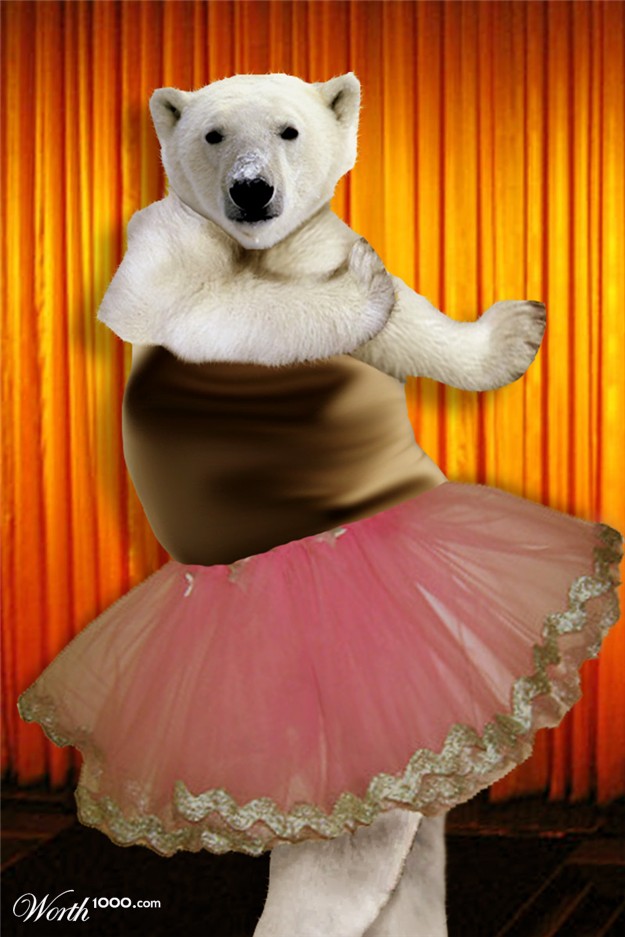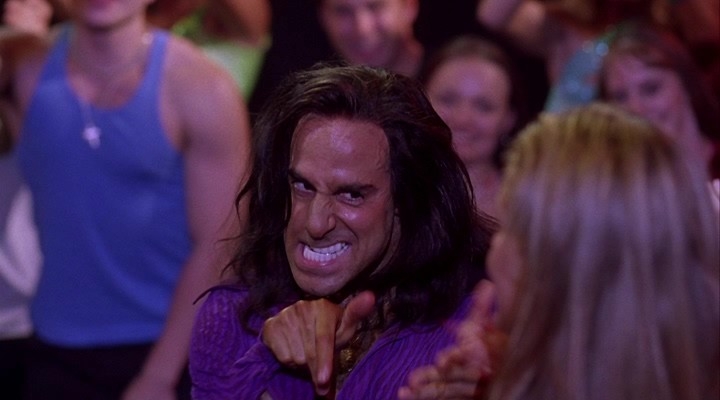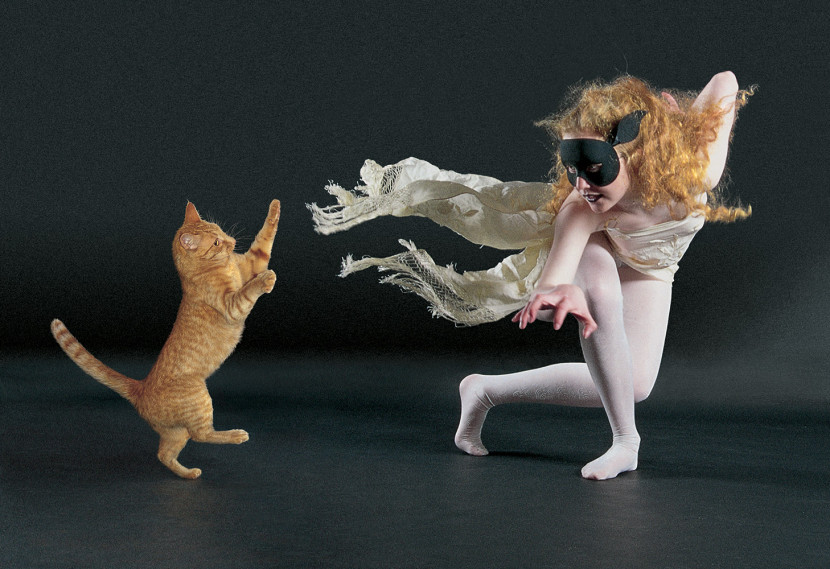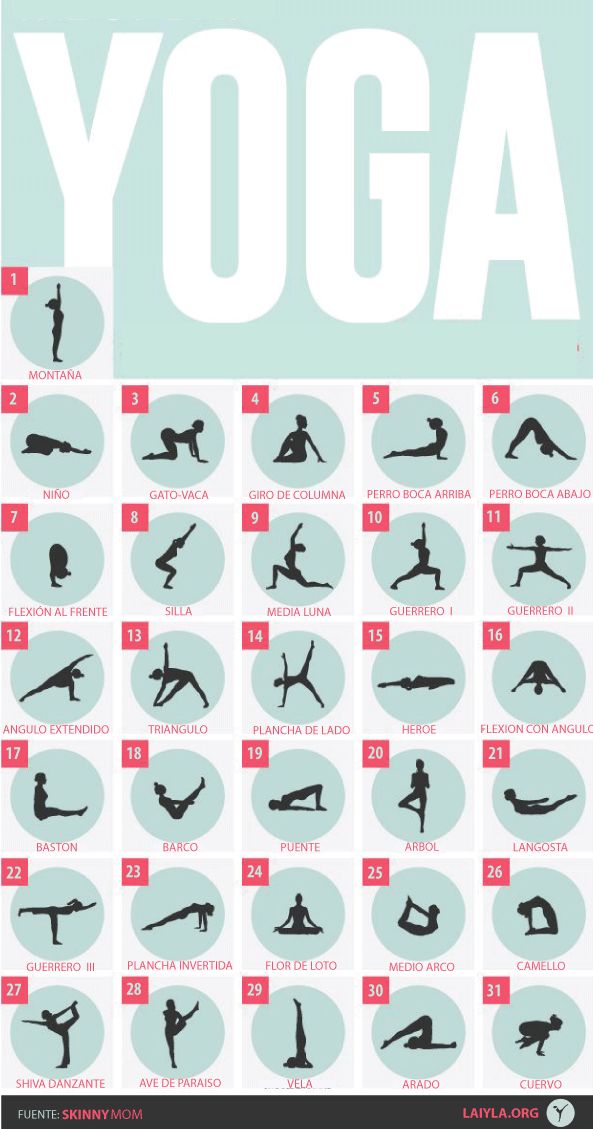How to follow in dancing
How to be a good follower in social dancing -
We all have views on what makes a good dance partner. I’ve shared my thoughts previously, and this post follows the same structure as my how to be a good leader post. This post covers in more detail the how to be a good follower. You’ll see that many of the points are similar to being a good leader.
I may refer to the follower as the lady, but it applies to anyone being a follower in partner dance. Similarly, I’m mainly referring to modern jive, but the points are equally valid for any other type of lead and follow partner dance. If you want to be a great lead, it does help to have some experience of following, even at a really basic ‘given it a go’ in a class level. You realise how hard it is to follow without the type of lead you need. The same can be true for followers who’ve been dancing a while and find they’re struggling to follow. Or if people start avoiding dancing with you. You don’t necessarily need to know how to lead to be a better follower, but understanding their point of view, and how hard it is to lead will make you more receptive and adapting to different leads.
If you want to read more about improving your follower technique, you can find some great points over at Stephanie’s The Perfect Follow blog.
1, Have a good frameHold yourself well, not too loose and not too stiff. But enough to be able to follow a direction
2, Don’t grips or use your thumbsThe leader provides the frame, the follower connects with a loose hook over the fingers. There’s no need for thumbs; it makes it extremely hard to turn if either is gripping on tightly.
3, Have (good) spatial awarenessYes rely on the leader, but help him too – he can’t see behind him.
Keep your steps to the size of the space available
Don’t take huge steps – it’ll take you out of connection and make you harder to lead
4, Don’t be scared to get up closeSocial dancing is a contact sport. Yes, it can be awkward to begin with and we all have hang ups about our body, or worry about someone getting the wrong impression if you’re getting close.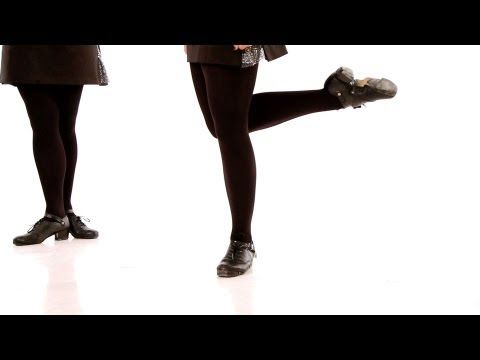 Some moves require a closer hold and won’t work or feel right if you don’t touch more than just hands. It may take time to get over the awkwardness, but to get that magic dance you need to lose the inhibitions of being on the dancefloor close to someone else who’s not your partner.
Some moves require a closer hold and won’t work or feel right if you don’t touch more than just hands. It may take time to get over the awkwardness, but to get that magic dance you need to lose the inhibitions of being on the dancefloor close to someone else who’s not your partner.
Yes, dancing requires you to get up close for some moves, but that doesn’t mean you can’t hold back or give some distance if you feel uncomfortable. Leaders (it can happen the other way round too) can occasionally get the wrong impression or make partners feel awkward. So if you do (especially if you’ve spoken to others and they feel the same), then mention your concern to the organiser. They may have a word with the person.
If you don’t feel happy doing that, then don’t dance with them again, but explain that you didn’t feel comfortable dancing with them.
6, Understand connectionConnection is crucial to any social dance and it varies, as well as the phrase used. You may have heard resistance, tension, compression etc. All reflect the same thing which is about connection between the lead and follow. To follow well, this is crucial to understand – too much tension and resistance (ie stiff, tense arms) means you’ll have to be dragged around the dance floor to get you to move the way the leader wants. Too little tension (spaghetti arms) and you’ll also be hard to lead.
You may have heard resistance, tension, compression etc. All reflect the same thing which is about connection between the lead and follow. To follow well, this is crucial to understand – too much tension and resistance (ie stiff, tense arms) means you’ll have to be dragged around the dance floor to get you to move the way the leader wants. Too little tension (spaghetti arms) and you’ll also be hard to lead.
Here’s some tips on making it work from The Perfect Follow.
The easiest way to explain is have lead and follow stand facing each other with palms up and out in front, against the other person’s. You can think of the connection on a scale of equal pressure or force between the two. So 10 is the equal maximum pressure if you’re leaning in against each other, while 1 is hardly touching. The leader can then lead the follower walking in any direction while keeping the same pressure (practise at different strengths before settling around 4-5).
Then you move to do an in and out move, stepping back out and in at the same time, maintaining the same idea of connection (or tension).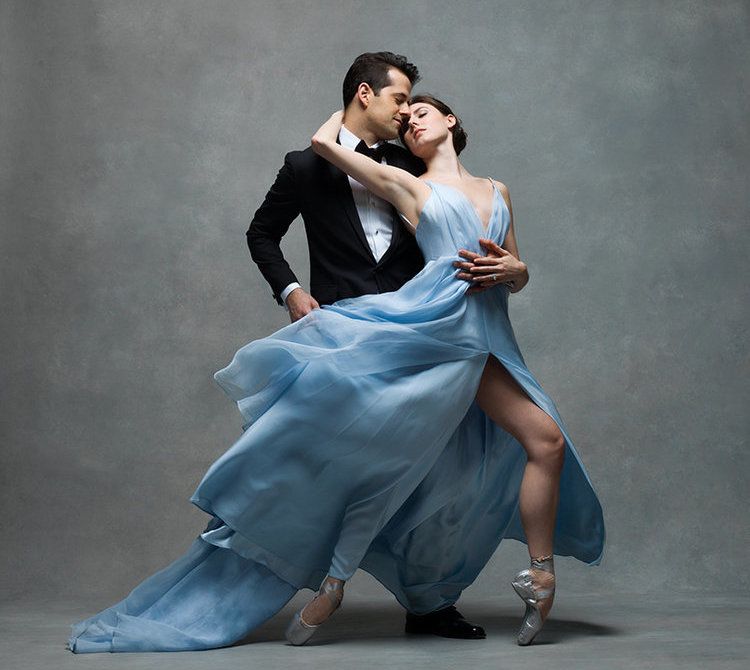 If you’re leading to start, the leader gently pushes and the follow should give the same pressure against the hand as she then steps back, and similar pull back in with both using the same strength of connection.
If you’re leading to start, the leader gently pushes and the follow should give the same pressure against the hand as she then steps back, and similar pull back in with both using the same strength of connection.
The connection level needs to adapt depending on speed of music, ability and need of the follower with their understanding of connection, and moves. So to do complication arm movements the arms and connection needs to be more relaxed, while leading ochos or forward stepping across you may need more connection (this is where the term tension can make more sense).
Because dance is a two way street. Give what you’re getting in terms of compression, try not to fight against the leader.
7, Adapt to your partner
If they’re a beginner don’t add in lots of over the top styling that may put them off, work out how much is too much. If you’re being flung around either ask them to ease off, or tighten that core and spot like mad when you spin.
8, Realise that often less is more
Extra kicks of legs, sticking the leg in the air while doing a drop, waving arms around all over the place….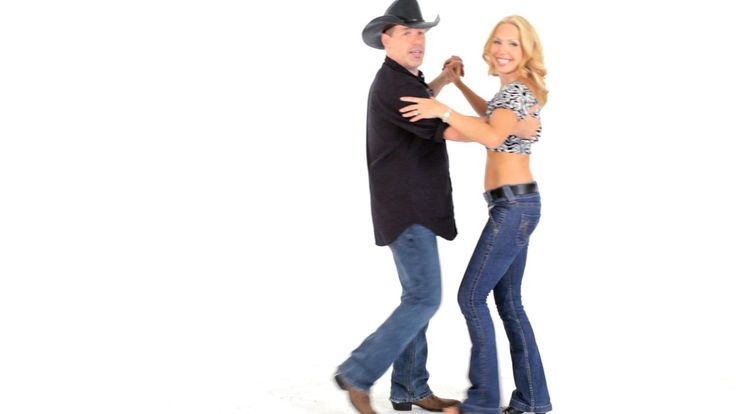 some are dangerous, especially on crowded dance floors, others might be better off being toned down depending on your lead.
some are dangerous, especially on crowded dance floors, others might be better off being toned down depending on your lead.
9, Dance with different people
To follow well you need to experience different leads and different styles and moves. The more strangers you dance with the better you’ll be because you’re not getting used to one person’s dancing. It means you have to follow and can’t anticipate. You’ll also get more breadth of moves – it’s noticeable how dancers from different areas have certain types of moves depending on who’ve they’ve been taught by.
10, Want to improve
Followers may have it easier than the men, but there’s always something to improve on. Whether it’s technique, learning new styles to bring to your dancing, or improving a specific issue you have. Taking action to improve will always help your dancing. The more practice you do, the better your following should get.
11, Have good hygiene
Applicable to anyone who partner dances.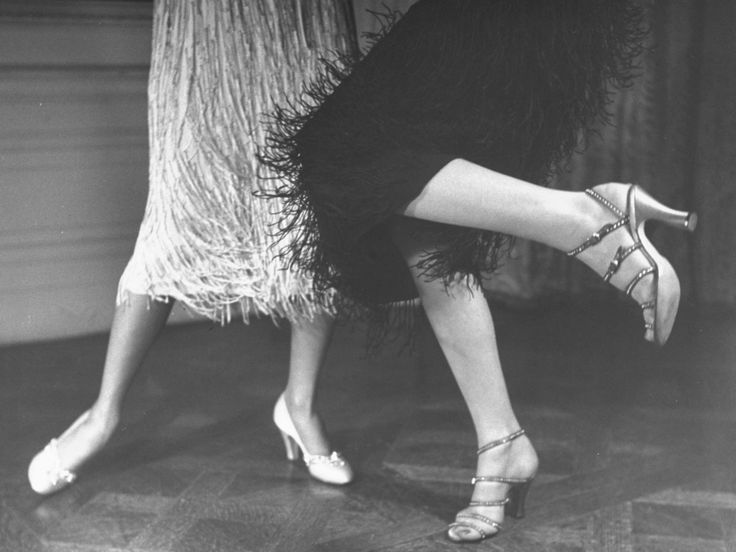 Girls, don’t think changing outfits is only needed by men. I will quite often have a spare top because I’m not as lucky as some women who still look immaculate at the end of the night.
Girls, don’t think changing outfits is only needed by men. I will quite often have a spare top because I’m not as lucky as some women who still look immaculate at the end of the night.
12, Look at your partner
The connection between dance partners is often what makes a dance. An occasional look and smile will give the leader confidence that you’re enjoying it, and you’ll probably have a better dance if you interact with your partner.
13, Listen to the music
Often leaders are concentrating so hard on remembering and thinking about moves, they miss the music. Don’t fight them, but you can help them with breaks, slow points, keeping them with the music, and adding a bit of pizzazz without taking over and putting the leader off. Also take your time and don’t rush. If you’re someone who does spins at high speed or races through moves wondering what’s taking the lead so long to get to the next move, listen to the time you have and you’ll have a more connected dance.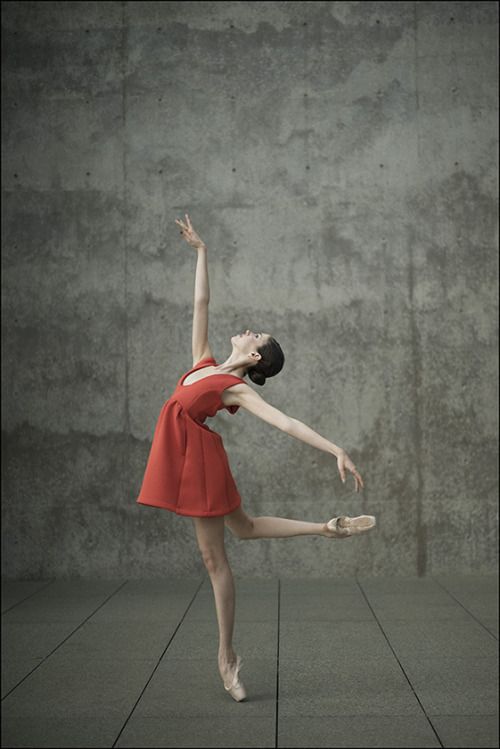
You can read more about connection and lead and follow at the below:
Salsa dancing tips
Avoid being blacklisted while social dancing
This post rounds up my series on being a good dance partner, and good leader.
What do you think makes a good follower?
Like this:
Like Loading...
Lead and Follow in Ballroom Dancing | Part 1: How to Lead like Fred Astaire — Duet Dance Studio Chicago
It's amazing to see how two complete strangers can move and dance together as one. And that's the beauty of partner dancing! You don't need to know your dance partner previously in order to dance together. All you need to do is effectively perform your role either as a leader or follower. In this and the upcoming blog post, I'm going to offer tips on how to lead and follow like pros on the dance floor.
1. Maintain a Strong Frame. The dance frame is the most important thing in lead and follow as it helps you maintain the connection between you and your partner.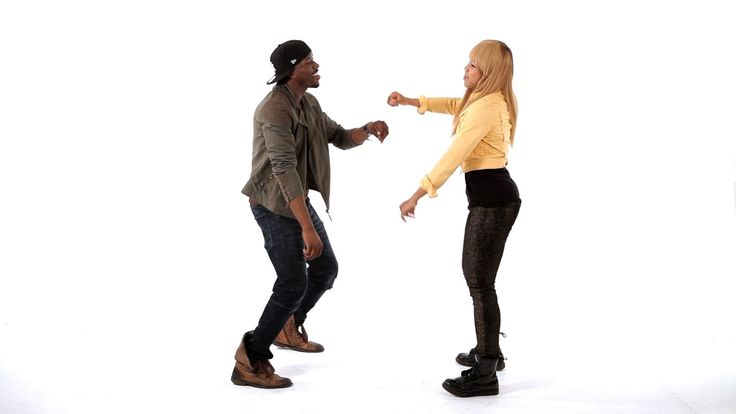 Your frame should be firm and steady all time. "Noodle arms" or a weak frame will hinder the connection to your partner. Think about the cup phones you played with when you were a kid. Your frame is similar to the string that connects the cups. To communicate effectively through the cups, you and your friend at the other end need to keep the string taut by maintaing the distance between you two. And when the string is loose, you lose the connection. When you have a good connection/frame, your partner will feel like he/she is part of your body. Wherever you go, he/she can sense the movement from your body instantly. Here are a few checkpoints to help you maintain a strong frame:
Your frame should be firm and steady all time. "Noodle arms" or a weak frame will hinder the connection to your partner. Think about the cup phones you played with when you were a kid. Your frame is similar to the string that connects the cups. To communicate effectively through the cups, you and your friend at the other end need to keep the string taut by maintaing the distance between you two. And when the string is loose, you lose the connection. When you have a good connection/frame, your partner will feel like he/she is part of your body. Wherever you go, he/she can sense the movement from your body instantly. Here are a few checkpoints to help you maintain a strong frame:
- Cup your partner's shoulder blade with your right hand
- Lift your right elbow
- Roll your shoulders back
- Stand up straight
- Engage your core (tuck your belly in!)
2. Take Decisive Steps. Accidents often happen when the driver isn't sure where he/she is going and is being hesitant with his/her moves.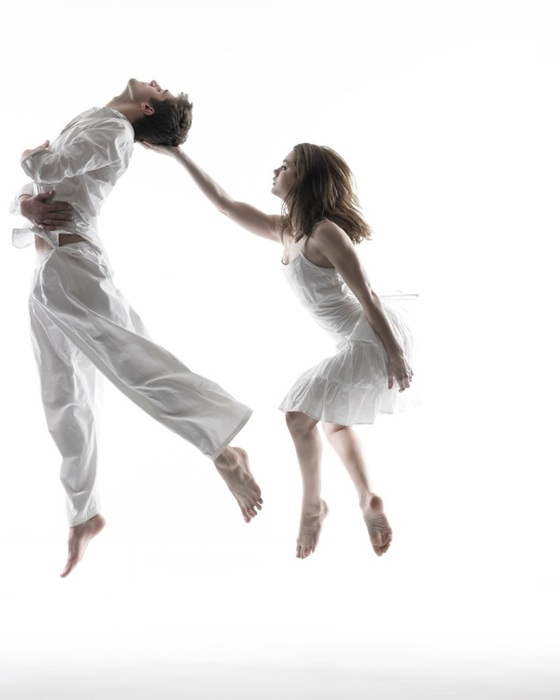 On the dance floor, when you are hesitant about your dance steps, your partner will often start leading and you will end up stepping on each other's toes. As a leader, you must take strong, intentional steps and be clear with your leads and signals. When you are new to a dance step, practice it a lot until you can perform it confidently. Remember, leader, you are in charge on the dance floor!
On the dance floor, when you are hesitant about your dance steps, your partner will often start leading and you will end up stepping on each other's toes. As a leader, you must take strong, intentional steps and be clear with your leads and signals. When you are new to a dance step, practice it a lot until you can perform it confidently. Remember, leader, you are in charge on the dance floor!
3. Lead with Your Body. One big misconception in leading is to lead with the arms and hands, which can cause a lot of yanking that is ineffective and uncomfortable to the followers. Remember, movements are initiated from the core/torso, your arms are simply the extension of the torso that connects to your partner. So, when you are about to take a step, think about moving your body first before you take the step. Along with a strong steady frame, your partner will be able to react to your movement accordingly when you lead with your body.
4. Be Gentle. Relax your fingers and try not to squeeze your partner's hands.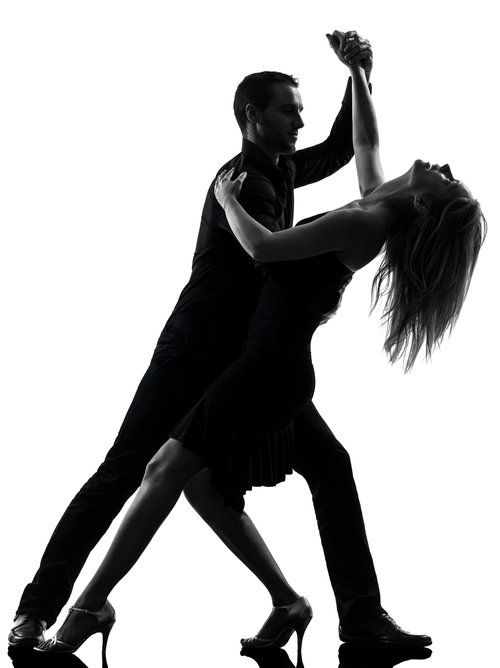 Your partner should feel some pressure from your hand but you shouldn't hold your partner's hand too tight that causes discomfort and/or hinder the fluidity of a movement, such as a spin. Spins are the very few movements that you use your hands and fingers to lead, but still, you don't want to force a spin. Instead, pay attention to where your partner's weight is before a spin, find the right time to initiate the spin and let momentum do the magic.
Your partner should feel some pressure from your hand but you shouldn't hold your partner's hand too tight that causes discomfort and/or hinder the fluidity of a movement, such as a spin. Spins are the very few movements that you use your hands and fingers to lead, but still, you don't want to force a spin. Instead, pay attention to where your partner's weight is before a spin, find the right time to initiate the spin and let momentum do the magic.
5. Listen to Music. When you are new to partner dance, I understand how difficult it is to listen to the music while executing all the details in leading. However, you must try your best to dance to the beat of the song. Even though your partner is supposed to follow you no matter how off you are with the music, it will make it easier and more enjoyable for your partner if you dance to the music. Check out my previous post that teaches you how to find the beat in music.
What other suggestions and/or observations do you have regarding leading in partner dancing? Please share! Also, stay tuned for our upcoming post, How to Follow like Ginger Rogers!
Happy leading!
-Szewai
The Duet Team is a group of friendly dancers who are passionate about helping people and sharing the joy of ballroom dance.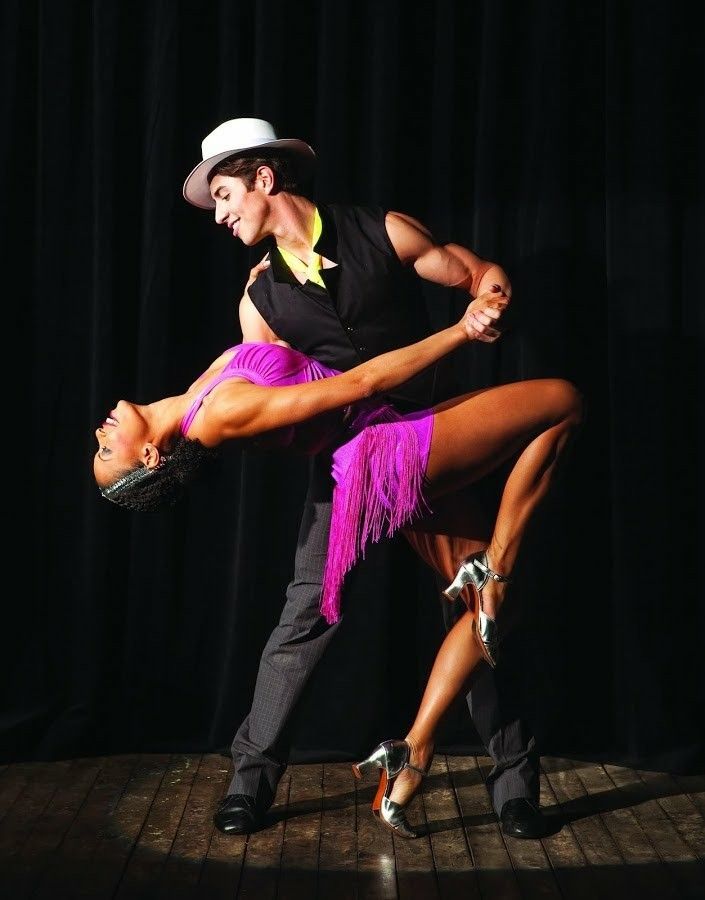 And we love to make new friends and have fun at work! Duet Dance Studio is located in Chicago West Bucktown. We offer ballroom dance lessons, wedding dance instruction and private dance parties. Online Wedding Dance Lessons and Skype dance lessons are also available! Dances we teach include Salsa, Swing, Tango, Bachata, Merengue, Waltz and Foxtrot. Sign up for an introductory dance lesson now to get started!
And we love to make new friends and have fun at work! Duet Dance Studio is located in Chicago West Bucktown. We offer ballroom dance lessons, wedding dance instruction and private dance parties. Online Wedding Dance Lessons and Skype dance lessons are also available! Dances we teach include Salsa, Swing, Tango, Bachata, Merengue, Waltz and Foxtrot. Sign up for an introductory dance lesson now to get started!
Balls and traditions. Interesting facts
Ball, ball, ball!!!
Ball is always a holiday. Bright, colorful, sparkling, cheerful. And this holiday has always been desired and loved in Russia.
Balls were given all year round, but the season began in late autumn and continued throughout the winter. Often in one evening I had to attend two or three balls, which required considerable strength, besides, many balls ended in the morning, and the next day it was necessary to make visits and prepare for the upcoming amusements.
Balls and masquerade balls were divided into class, professional, age categories, timed to coincide with special celebrations, and were court, public, private, merchant, wedding, children's . ..
..
Balls of the Noble Assembly, balls of artists and balls held by foreign embassies, merchant balls.
History of balls in Russia
The first ball in Russia took place in Moscow at the wedding of False Dmitry and Marina Mnishek.
Peter I resumed the balls, and since then they have become loved and revered both in the capitals and in the provinces of the Russian Empire.
Peter's assemblies became the prototype of future balls. The assemblies were gatherings with dances. Assemblies began to be held in St. Petersburg and Moscow as early as 1717 in the homes of the Russian nobility.
Assemblies served not only as a means of entertainment - "for fun", but also a place "for reasoning and friendly conversations."
Then, during the reign of Anna Ioannovna, Elizabeth Petrovna and Catherine II, assemblies completely supplanted balls and masquerade balls.
A ball is a solemn public or secular event, the main component of which is a dance program.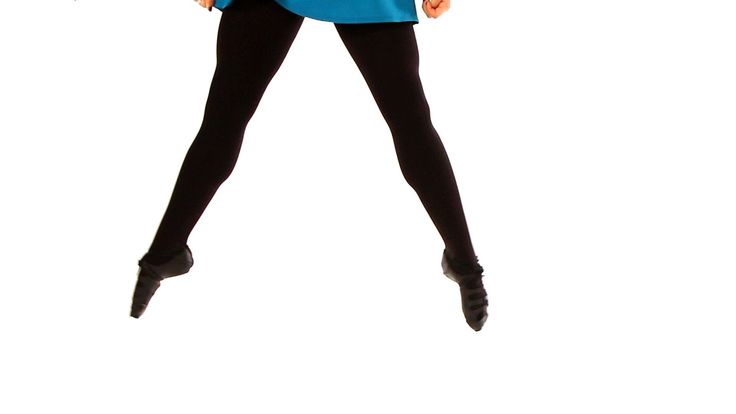
Therefore, since the 18th century, dance has become a compulsory subject in all higher and secondary educational institutions, schools and boarding schools. It was studied at the royal lyceum and at modest vocational and commercial schools, at the gymnasium and at the cadet school.
In Russia, they not only perfectly knew all the latest and old ballroom dances, but also knew how to perfectly perform them. The dance culture of Russia in the 19th century stood at a high level.
Ballroom dress code
The ball has its own ceremonial and rules of conduct, which makes it so majestic and luxurious. All this allowed to maintain sophistication and attractiveness.
It was customary to come to the ball dressed smartly. Cavaliers - in a tailcoat pair, tuxedo or suit (depending on specific requirements and conditions), white shirt and vest. By the way, tailcoats were of different colors, only by the end of the 30s of the XIX century the fashion for black was established.
White gloves were an obligatory item of clothing for gentlemen. The civilians wore kid gloves, and the military wore suede gloves.
Moreover, according to the rules, the lady had every right to refuse the gentleman without gloves. Therefore, it was better to come to the ball in black gloves than no gloves at all.
Civilian gentlemen's costumes depended little on fashion and were recommended to be sewn in classical forms.
The military came in full dress uniforms corresponding to their regiments.
Cavaliers came to the ball in boots. Ballroom boots were also worn by the military, and only uhlans were allowed to wear boots. The presence of spurs was not approved. The fact is that the spurs tore the dresses during the dance. But some lancers broke this rule for the sake of panache.
Ladies and girls dressed in fashionable dresses. As a rule, the dress was sewn for one ball and only in extreme cases was used twice.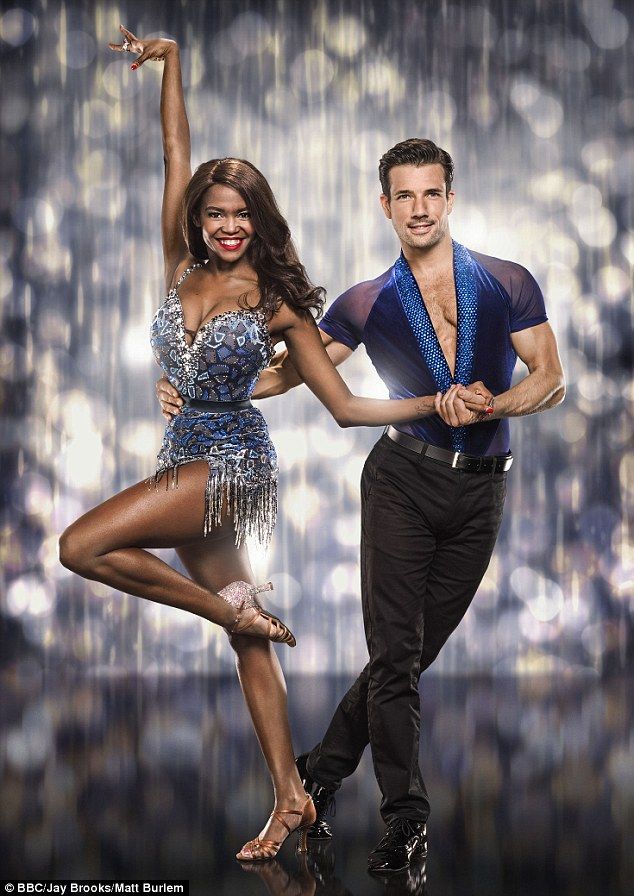
Ladies could choose any color for the dress, unless otherwise specified. For example, on January 24, 1888, an emerald ball was held in St. Petersburg, at which all those present were dressed in the appropriate color.
Dresses for girls were made in white or pastel colors - blue, pink and ivory, that is, the color of "ivory".
Matching gloves or white gloves were matched with the dress. By the way, wearing rings over gloves was considered bad manners. Even more interesting facts can be found in the historical park "Russia-My History".
Ladies could adorn themselves with a headdress.
The girls were encouraged to have a modest hairstyle. But in any case, the neck had to be open.
The cut of ball gowns depended on fashion, but one thing remained unchanged in it - open neck and shoulders.
With such a cut of the dress, neither a lady nor a girl could appear in the world without jewelry around the neck - a chain with a pendant or a necklace.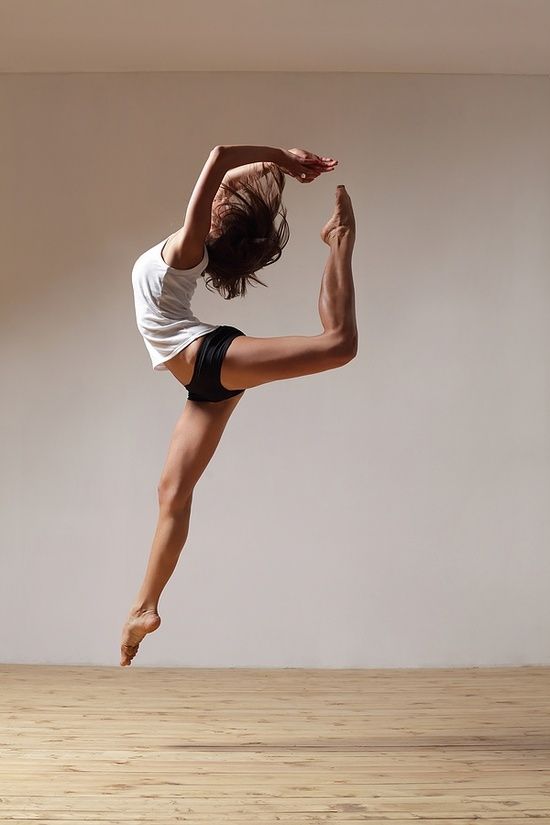 That is, something had to be worn necessarily.
That is, something had to be worn necessarily.
Ladies' jewelry could be any - the main thing is that they are chosen with taste. Girls were supposed to appear at balls with a minimum amount of jewelry, for example, with a pendant around their neck or a modest bracelet.
An important component of the ladies' ball costume was the fan, which served not so much to create a fresh breath, but as a language of communication, now almost lost.
Recovering to the ball, the lady took with her a ball book - carne or agenda - where, opposite the list of dances, she entered the names of gentlemen who wanted to dance this or that dance with her. Sometimes the reverse side of the fan could be used instead of the agend. It was considered excessive coquetry to brag about your completed agenda, especially to those ladies who were rarely invited.
Rules of conduct at the ball
By accepting the invitation to come to the ball, everyone thus assumed the obligation to dance.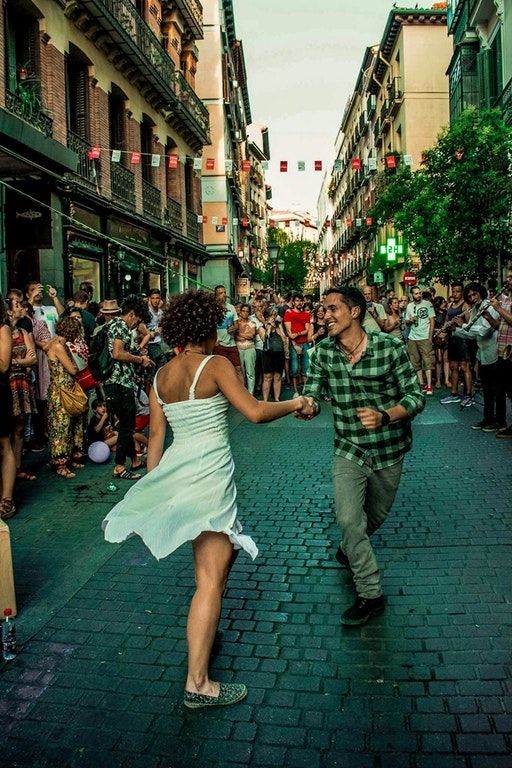 Refusing to participate in dances, as well as showing dissatisfaction or making it clear to a partner that you dance with him only out of necessity, was considered a sign of bad taste. And vice versa, it was considered a sign of good education at the ball to dance with pleasure and without coercion, regardless of the partner and his talents.
Refusing to participate in dances, as well as showing dissatisfaction or making it clear to a partner that you dance with him only out of necessity, was considered a sign of bad taste. And vice versa, it was considered a sign of good education at the ball to dance with pleasure and without coercion, regardless of the partner and his talents.
At a ball, more than at any other social event, a cheerful and amiable expression is appropriate. To show at the ball that you are not in a good mood or are dissatisfied with something is inappropriate and impolite in relation to those having fun.
Starting conversations with acquaintances before paying tribute to the owners was considered indecent. At the same time, not greeting acquaintances (even with a nod of the head) was also unacceptable.
There was a special culture of invitation to dance at the balls. An invitation to a dance was allowed in advance, both before the ball itself and at the ball. At the same time, it was considered impolite if a lady arrived at the ball promising more than the first three dances in advance.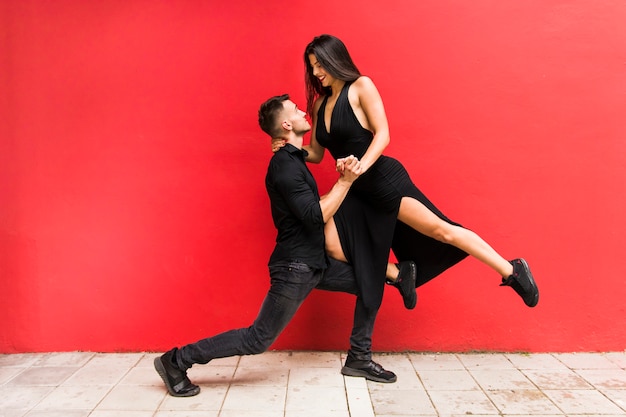
In the ballroom, order and dancing are supervised by the ball steward.
During the ball, gentlemen should monitor the comfort and convenience of the ladies: bring drinks, offer help. The gentleman had to make sure that his lady was not bored.
Talking at a ball is certainly permissible. At the same time, it is not recommended to touch on complex and serious topics, as well as to gather a large company around you.
Buffoonery is not appropriate at balls. Even gentlemen who have a too cheerful disposition are advised to behave with dignity at the ball. Quarrels and quarrels between gentlemen are highly discouraged during the ball, but if disagreements arise, then it is recommended to resolve them outside the dance hall. Ladies are the main decoration of any ball. Therefore, it behooves them to behave affably and nicely. Loud laughter, slander, bad humor can cause disapproval of a decent society. The behavior of the ladies at the ball should be distinguished by modesty, the expression of extreme sympathy for any gentleman can give rise to condemnation.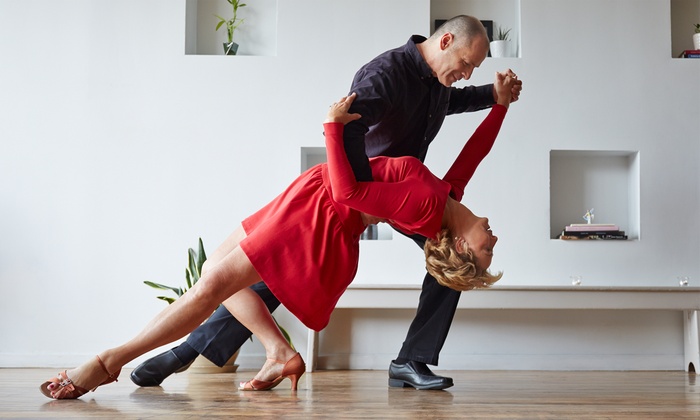
Most of all, any manifestations of jealousy on the part of ladies and gentlemen are inappropriate at the ball. On the other hand, immodest looks and defiant behavior that provokes other participants in the ball are also unacceptable.
Dancing
According to the rules, the gentleman began the invitation to dance with the hostess of the house, then all her relatives followed, and only then it was the turn to dance with their familiar ladies.
At the beginning of the 19th century, the ball opened with a polonaise, where in the first pair the host walked with the most honored guest, in the second pair - the hostess with the most honored guest.
At the end of the 19th century, the ball began with a waltz, but court, children's and merchant balls opened with a majestic polonaise.
During the 19th century, the number of dances that a gentleman could dance with one lady during a ball changed. So at the beginning of the century this number was equal to one, and already in the 1880s two or three dances were allowed, not following one after another in a row. Only the bride and groom could dance more than three dances. If the gentleman insisted on more than expected number of dances, the lady refused, not wanting to compromise herself.
Only the bride and groom could dance more than three dances. If the gentleman insisted on more than expected number of dances, the lady refused, not wanting to compromise herself.
During the dance, the gentleman entertained the lady with light secular conversation, while the lady answered modestly and laconic.
The cavalier's duties also included preventing collisions with other couples and preventing his lady from falling.
At the end of the dance, the gentleman asked the lady where to take her: to the buffet or to the place where he took her from. After exchanging mutual bows, the gentleman either left, or could remain next to the lady and continue the conversation for some time.
As a rule, after the mazurka, the gentleman led the lady to the table for dinner, where they could talk and even confess their love.
Everyone had dinner in the side parlors, at small tables.
In addition, a buffet was always open at the balls with various dishes, champagne, a large selection of hot and cold drinks.
At the beginning of the century, the ball ended with a cotillion or Greek dance, and from the second half of the 19th century, the ball program ended, as a rule, with a waltz.
The guests could leave whenever they liked, without focusing on their departure - but over the next few days, the invitee paid the hosts a grateful visit.
More information about this time period can be found in the historical park "Russia-My History".
Top 10 iPhone and Android Apps for Learning Dance • Oki Doki
When it comes to learning dance, you first need to be a little patient. Once your body becomes flexible, you will be able to pinpoint the timings and feel the rhythm. So, try stretching for a few days, and then download the apps that I will discuss below and master a variety of dances.
1. Just Dance Now
"Just Dance Now" deserves to be the best as a cool dance learning app for Android and iOS. The app has an extensive catalog of over 500 hits, and it has enough variety to keep you moving at your own pace.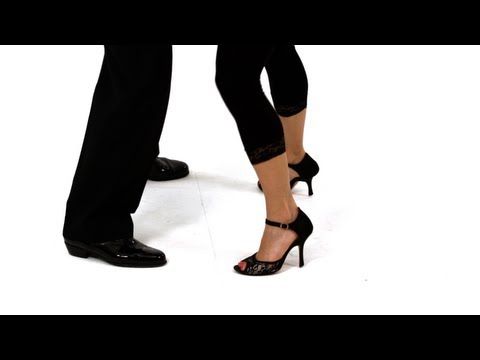 Just in case you want to have a slightly personal experience, you can create your own playlist to quickly access the songs that captivate you.
Just in case you want to have a slightly personal experience, you can create your own playlist to quickly access the songs that captivate you.
One of my favorite features of this app is the ability to run a dance party with up to 1000 players, which is not only a lot of fun, but also greatly improves your skills.
Windows programs, mobile applications, games - EVERYTHING is FREE, in our closed telegram channel - Subscribe :)
Just Dance Now can also work as a convenient fitness application, helping you strengthen your muscles. You can check your total calories burned in Just Dance Now right from your dashboard to keep track of your progress, as well as find out how much you still need to lose to get the body you want.
Install: IOS and Android (Free in-app purchases available)
Just Dance Now
Developer: Ubisoft
Price: Free +
Just Dance Now
Developer: Ubisoft Entertainment
Price: Free
2.
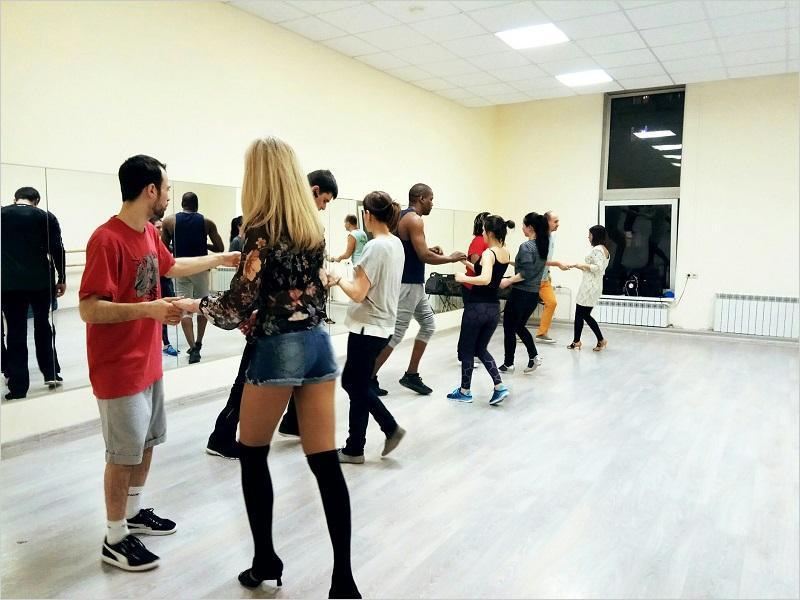 Salsa Rhythm
Salsa Rhythm Probably the best part of this app is the ability to practice dancing at your own pace, which plays a vital role in providing a personalized experience. In addition, you can combine tools and choose their templates to your liking.
Another notable feature of this application is a good collection of tools. If you are a professional dancer, you will find this application very useful as it can help you to take dance lessons and control them easily.
Install: IOS and Android ($1.99)
Salsa Rhythm
Developer: District One Mobile, LLC
Price: 179.00 RUB
Salsa Rhythm
Developer: CodeMagic LTD
Price: 149.00 RUB
3. Steezy Studio
Steezy Studio is a one-stop platform for passionate dancers. What makes this app stand out is the growing collection of fully structured classes with step by step instructors. Thus, understanding the movements and techniques will be quite easy for you.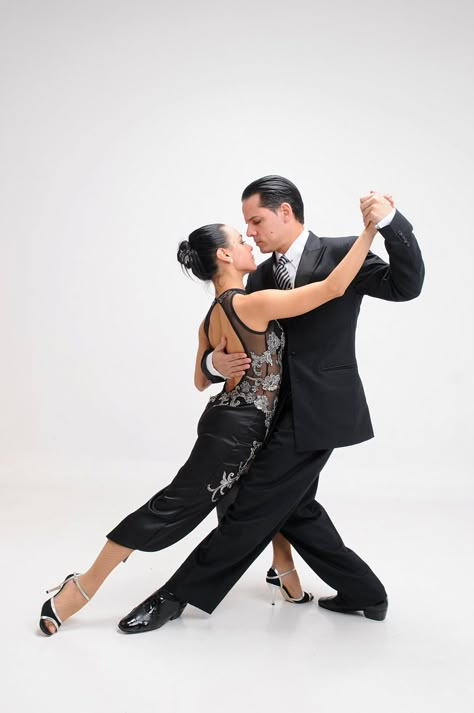 Besides being very useful for beginning dancers, the app can also be interesting for professional choreographers.
Besides being very useful for beginning dancers, the app can also be interesting for professional choreographers.
You can also download lessons to dance without pauses due to poor internet connection. It's worth noting that Steezy Studio offers a limited free trial. After a month, you will need to purchase a subscription ($19.99/month) to unlock all lessons.
Installation: IOS and Android (Free trial for one week, then $19.99/month).
STEEZY - Learn How To Dance
Developer: STEEZY
Price: Free +
STEEZY - Learn How To Dance
Developer: STEEZY
Price: Free
4. Pocket Salsa
The application has over 120 video dance lessons led by experienced dancers. It is designed to teach every subtle nuance of the dance.
The app also allows you to check out amazing dance combinations by watching the best dancers from social networks.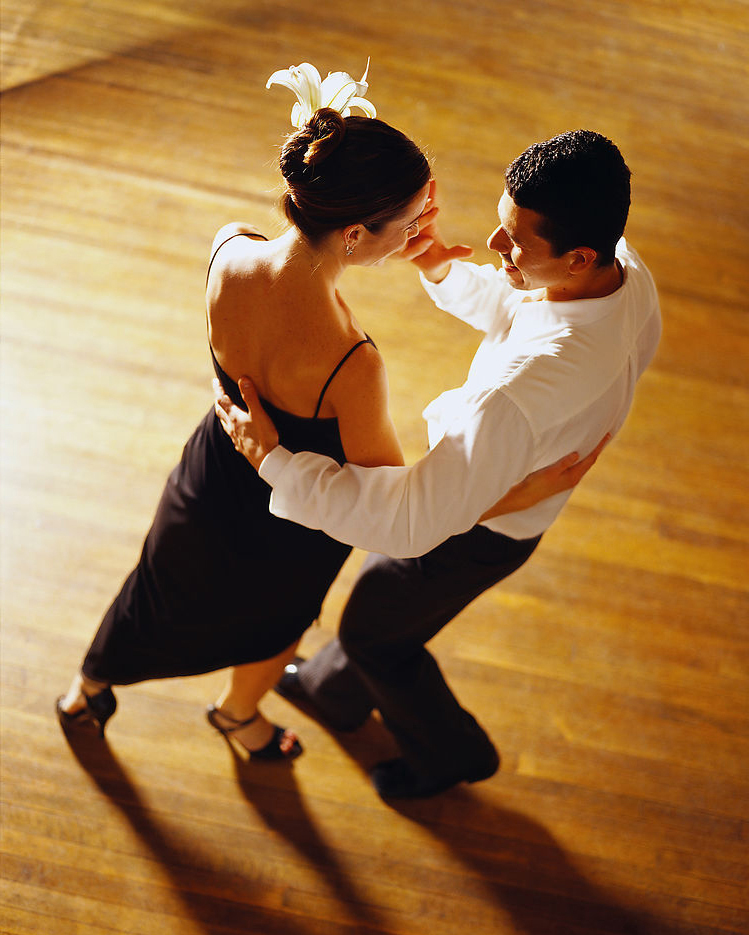 So that your dancing doesn't stop due to interruptions in the Internet connection, you can download all your favorite videos.
So that your dancing doesn't stop due to interruptions in the Internet connection, you can download all your favorite videos.
Installation: IOS and Android ($9.99)
Pocket Salsa
Developer: addicted2salsa LLC
Price: +
Pocket Salsa Basics
Developer: Modernistik
Price: Free
5. Hip Hop Dance Workout
For all the hip hop lovers who want to get a good grip on the hip hop moves and improve their fitness at the same time, the Hip Hop Dance Workout promises to be a pretty good choice.
The application contains more than 60 dance steps from basic to advanced and can be useful both for those who have just started learning dance, and for those who are trying to perfect each step. Some of the dance moves that caught my attention are the hip hop robot dance, break dance work, and top rock break dance.
Installation: Android (Free in-app purchases available) Hazard Studio
Price: Free
6.
 Dance Fit Studio Lite
Dance Fit Studio Lite How about mastering the amazing steps of several dance forms? "Dance Fit Studio Lite" may appeal to those who are looking for a dance training and fitness app. With this app, you can practice dance steps, hip hop, yoga, cheerleading, Bollywood style dancing, Hollywood style dancing and more.
With an ever-growing library of video tutorials at your fingertips, you can watch videos and practice to perfect every step. In the future, the application will not only improve your dancing skills, but also make you stronger and stronger.
Installation: IOS and Android (Free in-app purchases available)
Dance Fit Studio Lite
Developer: Mobile App Company Limited
Price: Free +
Dance fitness studio
Developer: Diet Express1
Price: Free
7. Dancy
Dancy makes it easy to master over 120 cool dance steps.-Step-18.jpg/aid1640374-v4-728px-Shuffle-(Dance-Move)-Step-18.jpg) By dividing the dance steps and movements into musical genres such as jazz, belly dancing, breakdancing, samba, salsa, etc., the application makes it a little easier for you to learn how to dance. Plus, it has three 3D models that perform different dance steps, so you can follow the models and practice each step with absolute precision.
By dividing the dance steps and movements into musical genres such as jazz, belly dancing, breakdancing, samba, salsa, etc., the application makes it a little easier for you to learn how to dance. Plus, it has three 3D models that perform different dance steps, so you can follow the models and practice each step with absolute precision.
With in-app purchases, you can unlock more models if you want to go deeper. What I found interesting about this app is the collection of 10 different music dance tracks that are designed to teach different dance moves.
Install: IOS (Free in-app purchases available)
Dancy : Learn 100+ Dance Steps
Developer: Yogesh Chhawasaria
Price: Free +
8. Dance Now: Enjoy and Learn
Learning to dance becomes a joy when you have the right guide and of course clear instructions. With the Dance Now app, you can follow some of the best dancers in the world.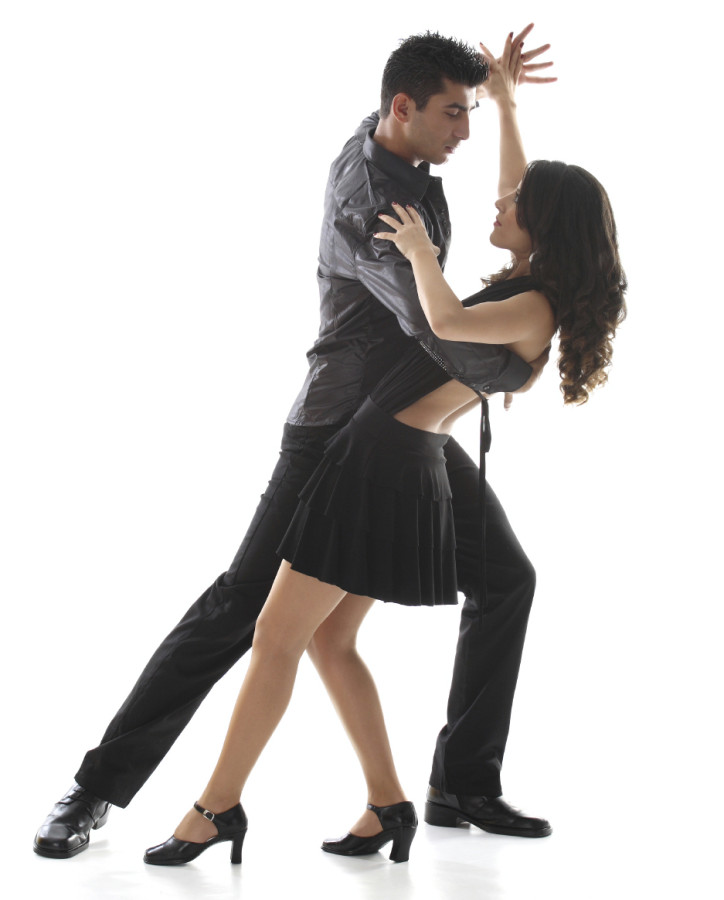 This way, finding ways to strengthen your dancing skills will become easier. The application consists of a wide collection of tutorials designed for both beginner dancers and those who are already at the professional levels.
This way, finding ways to strengthen your dancing skills will become easier. The application consists of a wide collection of tutorials designed for both beginner dancers and those who are already at the professional levels.
But please note that the free version of this dance learning app has many limitations. And if you want to unlock all tips, you will need to pay $9.99 / month.
Install: IOS (Free in-app purchases available)
Dance Now: Step by Step
Developer: Volha Kaziura
Price: Free
9. Danssup
Danssup is a kind of all-in-one platform where you can explore tons of dance videos and learn a lot by watching famous dancers perform brilliantly. What's more, you also have the option to upload videos to showcase your skills or share tips with dance lovers. Since the app also offers a monetization feature, your own workshop can help you earn a few dollars.
Installation: IOS and Android (Free in-app purchases available)
Danssup-Global Dance Community
Developer: Bhaskar Bhardwaj
Price: Free +
Danssup: Global Dance Platform
Developer: Danssup Inc.